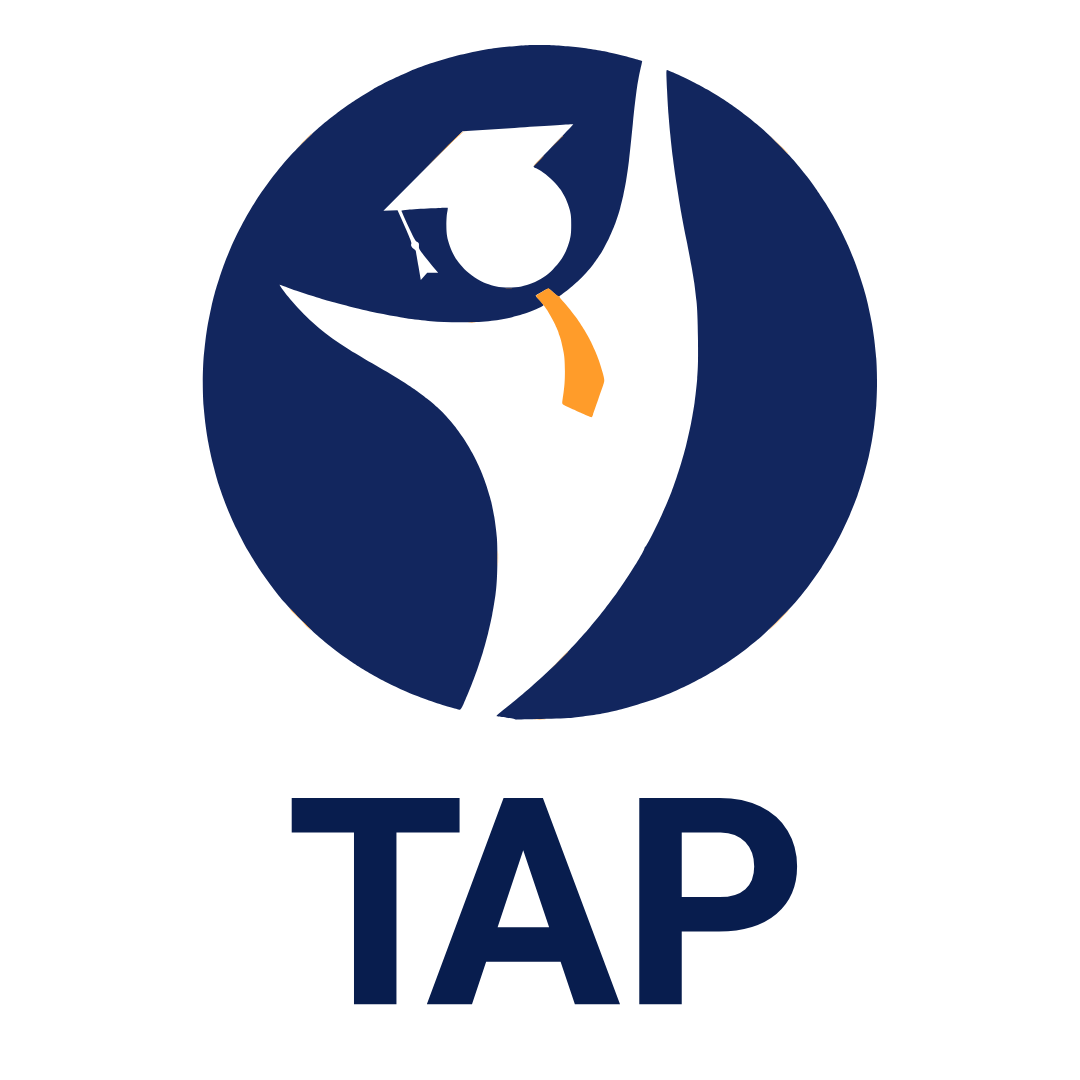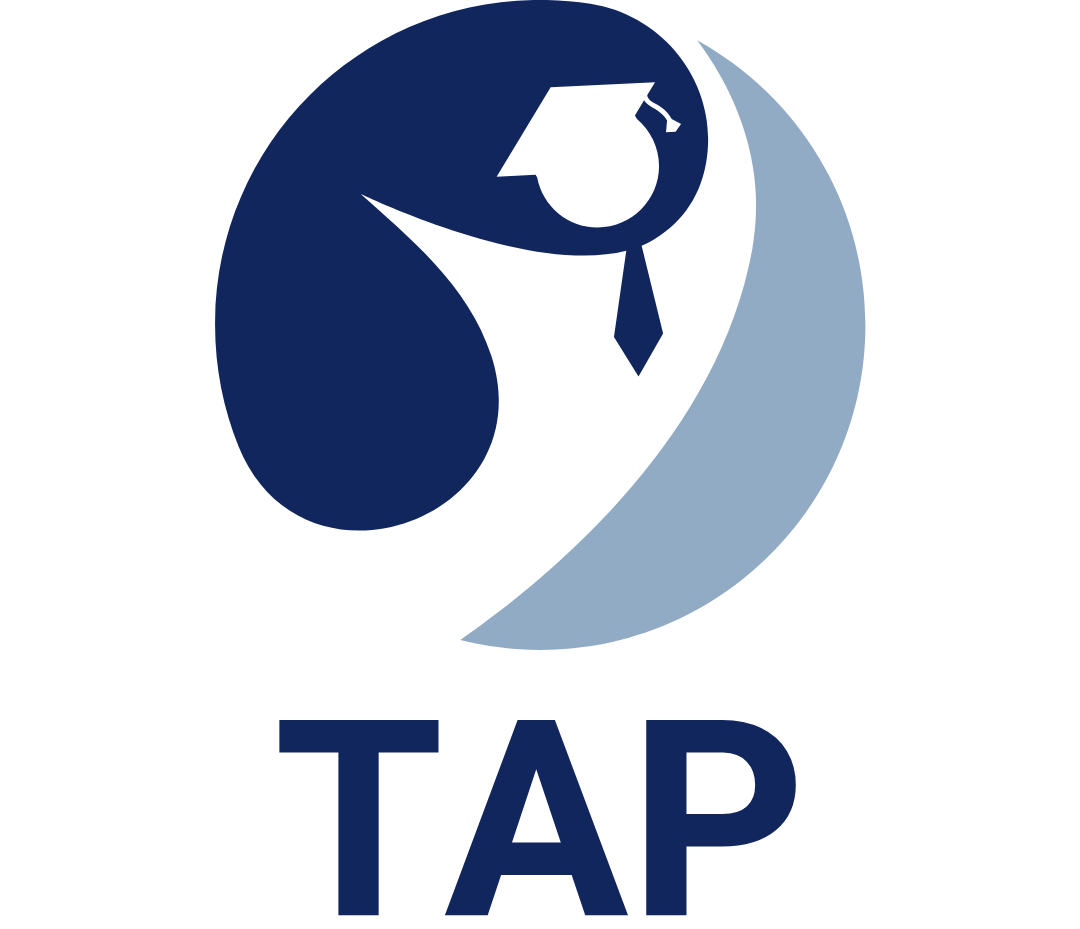Solving Problems with Data and Probability | Online Short Course
The Solving Problems with Data and Probability short course gives learners practical skills to collect, organize, and understand data. It also teaches how to build and use basic probability models to support smart decisions. In addition, learners are guided to question how data is gathered, use both theoretical and real-life probability, and review statistical results in everyday situations. As a result, the course boosts problem solving and critical thinking while helping learners use statistics with confidence both in daily life and at work.
For example, the course uses a hands-on approach to make learning easier and more engaging. Learners get to apply new ideas through simple exercises and real-world examples. By working with real data and building basic models, they gain skills that help them make better choices, such as planning a budget or finding patterns in data. What’s more, the course helps learners feel more confident when using data and statistics. They practice reading charts, understanding results, and asking the right questions. Because of this, they become stronger problem-solvers who can think clearly and explain data in both every day and work settings.
What’s more, learners gain confidence in using common tools such as charts, graphs, and summary statistics. They practice reading and interpreting results, asking meaningful questions, and making sense of data in context. Because of this, they become better prepared to solve real problems and explain data clearly—whether at work, at home, or in the community.
Key Details
About The Course
Solving Problems with Data and Probability course teaches students how to collect, sort, and understand data. They work with charts, graphs, and tables to spot patterns and make sense of numbers. As a result, they start to see how data is used in real life like tracking schoolwork or following sports.
Then, the course introduces probability, which means the chance that something will happen. Students look at fun examples like rolling dice or picking cards. As they practice, they learn to compare outcomes and make good guesses based on facts. This way, they build strong skills in thinking and making choices.
In the final part, students use everything they’ve learned to solve real-life problems. They might plan an event, study weather, or work on puzzles. By doing this, they use data and probability to think clearly and solve problems. In the end, this course helps students feel confident and ready to use their math skills every day.
Why Take This Course
Many people choose to take the Solving Problems with Data and Probability short course because it gives a clear and simple way to learn about data. To begin with, the course teaches students how to read charts, see patterns, and use numbers in daily life. Additionally, it shares basic ideas about probability, helping students understand how likely something is to happen. Because of this, students build useful skills they can use at school, at work, or in everyday life.
Moreover, the course is a great choice for anyone who wants a job that uses data. For example, jobs like data analyst, business analyst, or marketing specialist all need good data skills. By taking this course, students learn how to solve problems and answer questions using numbers and simple tools. What’s more, the course uses real-life examples, which makes learning more fun and easier to follow.
In addition, the course is short, flexible, and easy to understand. Since it is often online, people can learn at their own speed, anytime and anywhere. Equally important, the lessons use easy words and real-life stories to explain each idea. All things considered, this course is a smart and simple way for beginners to feel confident and learn important skills in data and probability. Ultimately, it helps people use these skills in school, work, or everyday choices.
What You Will Gain From This Course
- You will learn how to collect, organize, and interpret.
- You will explore probability in both theory and practice
- Additionally, the course builds critical thinking skills by helping you evaluate data sources and identify bias.
- You will complete hands-on activities that reinforce your learning.
- By the end of the course, you will have a strong foundation in data and probability.
- Moreover, the course connects theory to practice. Through hands-on activities, you’ll solve problems based on real scenarios in business, science, health, and everyday life.
Course Overview
This course is super helpful! It teaches learners how to work with data and probability, making them more confident in the process. Initially, learners get to collect, sort, and understand data in a really simple way. Subsequently, they dive into probability and gain valuable insights that help them in real life. Meanwhile, hands-on tasks make learning fun and interactive, keeping learners engaged.
Furthermore, learners use cool tools like charts, tables, and graphs to spot patterns and solve problems. In addition, they learn about chance and outcomes, which helps them make better choices in life. Moreover, the course teaches critical thinking, prompting learners to question data collection and evaluate results. As a result, learners become more careful and thoughtful in their approach.
Ultimately, learners get to apply their new skills to real-life examples, like comparing prices and planning budgets. Consequently, they see how math is super useful in everyday life. Meanwhile, they become more confident in using data and math to solve problems and make informed decisions. In the end, learners feel empowered to tackle challenges with ease and accuracy. Therefore, they can approach real-world problems with confidence and clarity. Finally, learners are well-prepared to succeed in a data-driven world. Thus, they can achieve their goals with precision and confidence.

Comprehensive Curriculum
Learn key first aid skills in our easy 5-unit course. To begin with, each unit breaks down steps to handle emergencies. Furthermore, as you progress, you will build the skills needed to act quickly and stay calm in any situation.

Flexible Learning
You can choose to take the course online, in a classroom, or both. Moreover, you will have 12 months access to all learning materials. Therefore, this structure allows you to learn at your own pace & convenience. In other words, you can fit your learning around your schedule.

Practical Skills
Build confidence through hands-on exercises. Moreover, realistic scenarios help prepare you for real-life emergencies. In addition, you will strengthen your decision-making skills. a result, you will be ready to act quickly when it matters most. In the same way, you will feel more in control.
Course Content
- Situations or problems that can be solved using statistics are, therefore, clearly found.
- The factors that cause the problem are, in addition, clearly found and used during data collection.
- After that, good and, moreover, smart ways are used to gather, write down, and sort the data.
- The data picked are, as a result, big enough and show a true picture of the whole group.
Graphical displays and numerical summaries clearly match the data.
Different ways of showing the data are compared to help form a clear opinion or take a stand on the issue.
Calculations and the use of statistics are accurate and fit the problem being solved.
The meaning of the statistics is explained clearly and used to answer key questions about the issue.
Any new questions that come up from analyzing the data are explored and discussed.
Data is, to begin with, collected, sorted, and grouped. This makes it easy to read and use.
The best tests or models are picked and are, next, chosen to match the problem well.
Chances are, in addition, found using test results or simple rules. This helps people make good choices.
The difference between theory and real results is, furthermore, shown to help students see why results can change.
Guesses are made using facts that have, as a result, been tested.
All results are shared, finally, in a clear and simple way.

